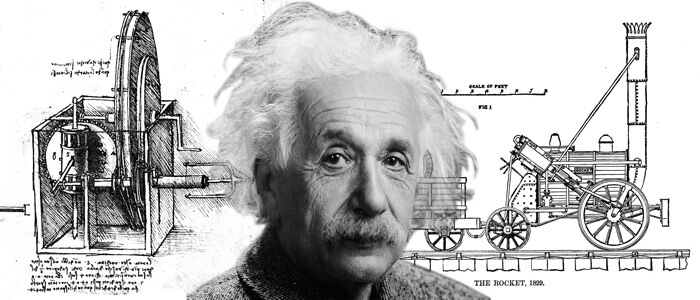Inventing and how to do it. Part one
9th November 2017
Where do ideas come from?
Inventing is not a mystery but it does need perseverance. Maybe that is why inventors tend to enjoy inventing. They need to and they can become a bit obsessive. Over the last 30 years I have brought 6 products to market. All of them have been profitable and 4 of them are still in production. No doubt all inventors are unique but what follows are some tips because I believe nearly everyone is a potential inventor but most of us just don’t believe enough to follow through on our ideas. You have to believe which is, I guess, why some people lose all perspective.
Have you ever thought “how could that be done better?” If so, you have taken the first crucial step to being an inventor. If you want to be an inventor, make a habit of asking that question. Inventions start with good questions. Preferably questions to do with something you know about and care about. Once you have a question you like, just keep thinking. In the bath, on a plane, whenever you have some head space. If you truly enjoy doing this your question will lead to ideas.
For example. Back in the 80’s, I was putting graphics on folding portable displays. The panels had frames that hinged together. The frames got in the way of the images on the panels. I thought “could I get rid of the frames?” From that simple question the PictureWall frameless display system (with one uninterrupted image) was born and Fresco got started.
Curvorama was invented as a more portable, more versatile alternative to the Pop-up . ShowSuit was invented as an alternative to Curvorama for a specific application – standard exhibition booths called shell schemes.
The inventing process
One thing leads to another but not necessarily in a neat way. Be prepared to make mistakes and learn from them. Often a wrong turn can lead to a breakthrough. Experiment and prototype. If you come to a dead end give it a rest then start afresh. When good stuff starts to come out of your stumbles you will know you are on a roll.
I keep turning a problem over in my head but I also try to listen to my subconscious. That is where your thoughts and ideas come from. I might think hard about a problem in the evening not really expecting to find an answer but after sleeping on it the answer appears – as if by magic. Remember that your conscious mind is only the tip of the mental iceberg. Learn to use your conscious mind to interrogate your unconscious. Because I really enjoy the process of inventing I never question whether it will be worthwhile.
Simple is good
I try to keep an open mind though and not be blinkered by where I want to get to.
For example, when I was inventing the fabric display system ShowSuit I designed a really clever little bi-fold hinge to articulate the rails. Or so I thought. And then I realised that the fabric itself could be the hinge. SO much simpler, stronger, more cost-effective and more elegant. It sounds embarrassingly obvious now. I had got carried away with the “inventing process”.
Simple is usually better (but often more difficult). Complicated happens naturally but tends to breed more complication. Complicated is more expensive to make and more likely to break.
Part two has some handy tips to know when you are on to something worthwhile..
Guide
 01422 246634
01422 246634
